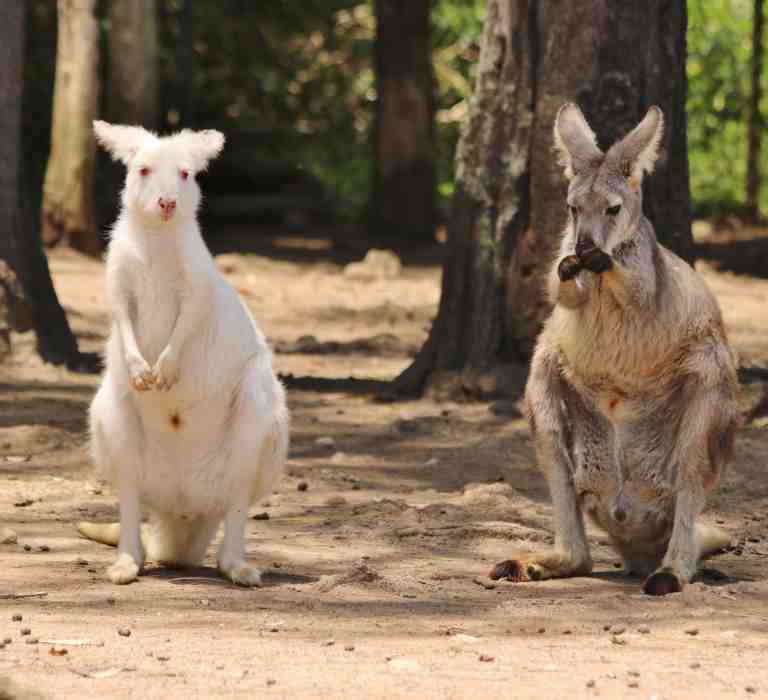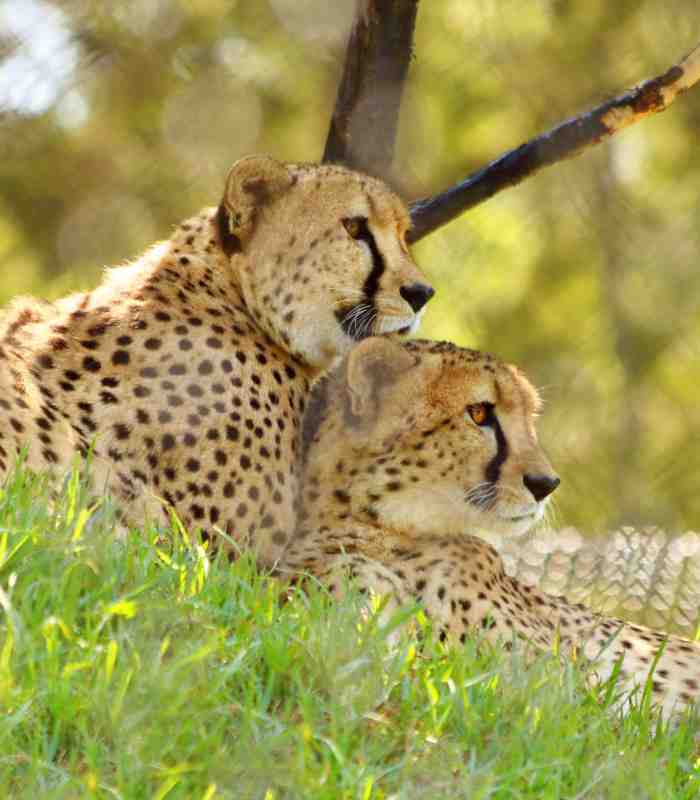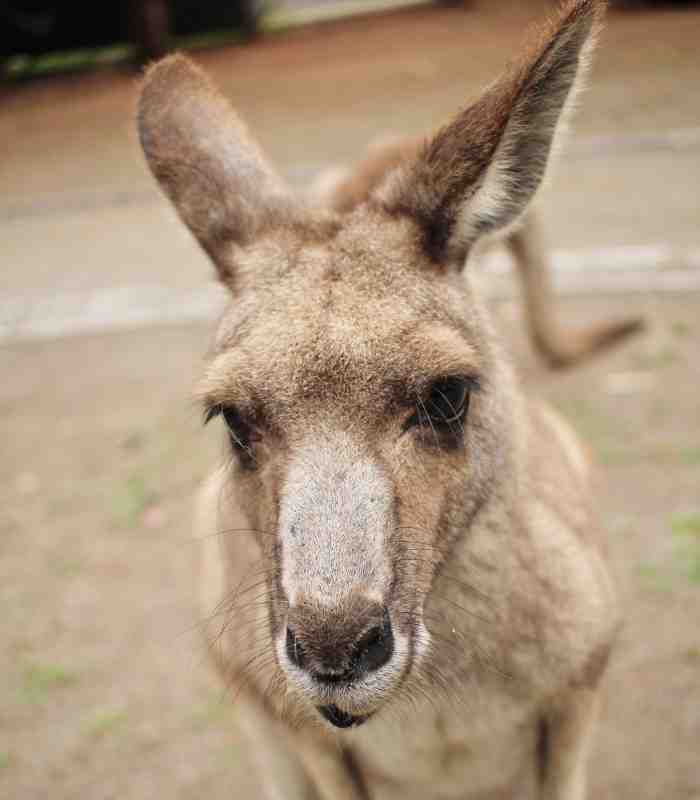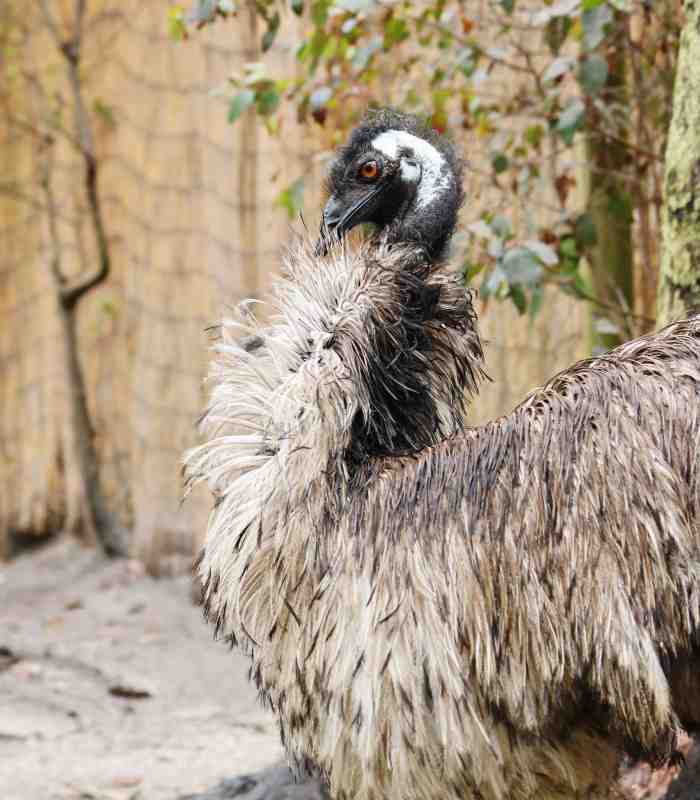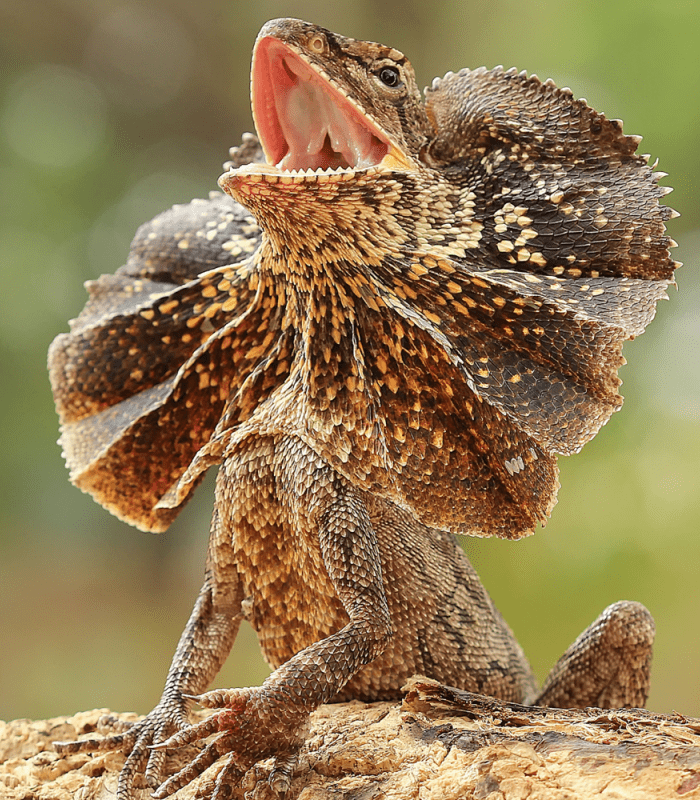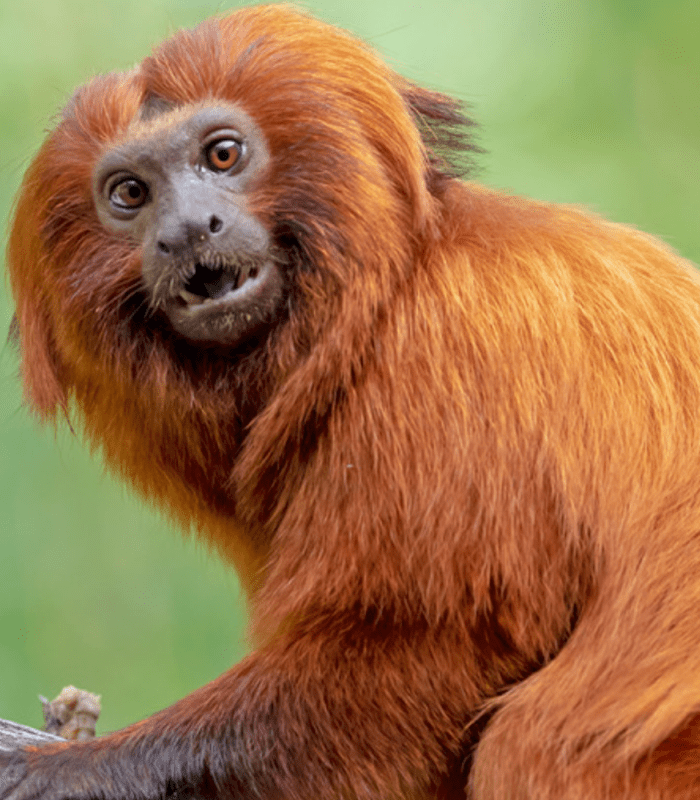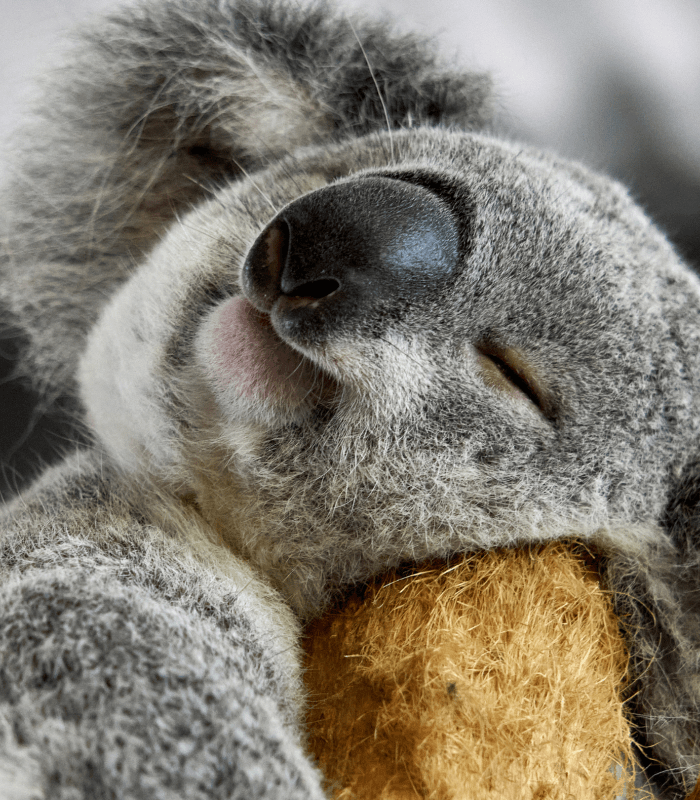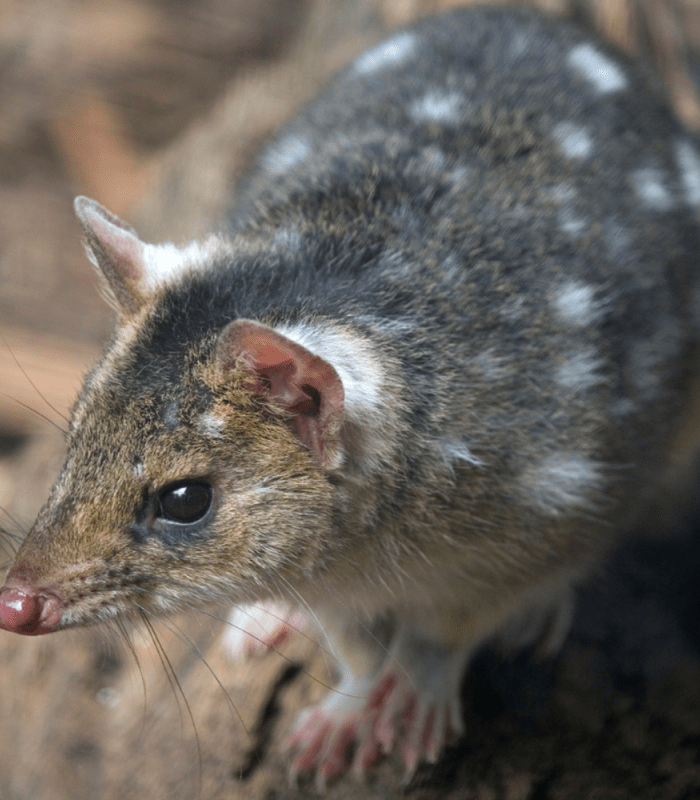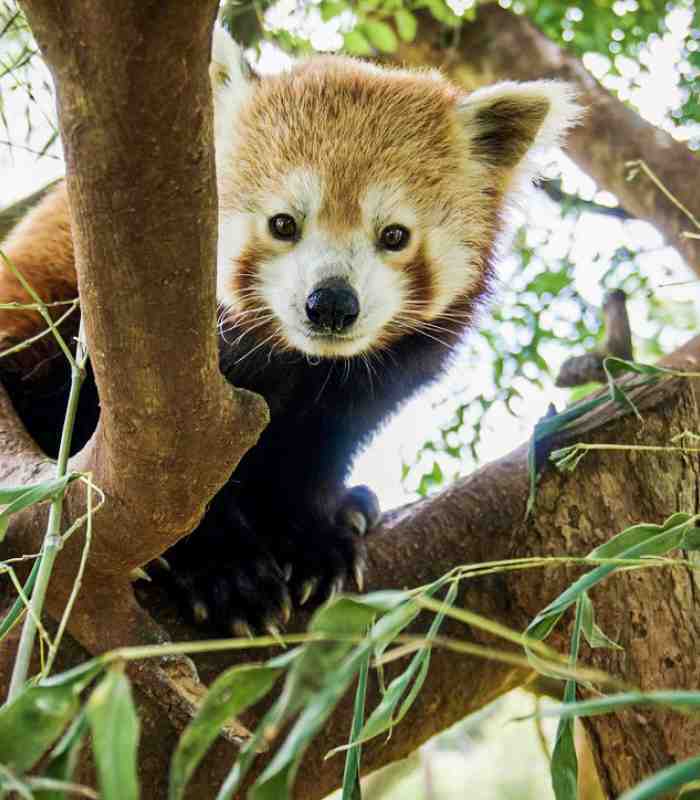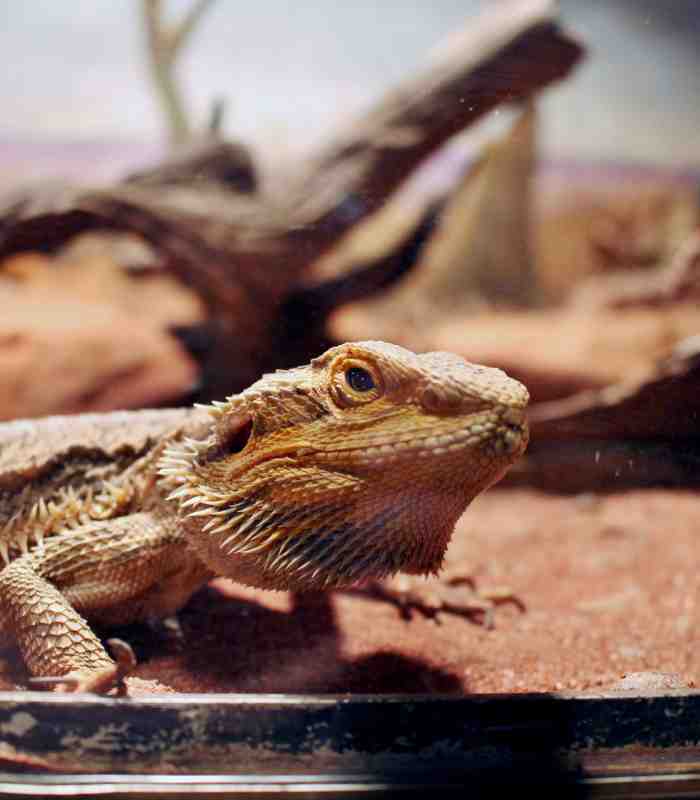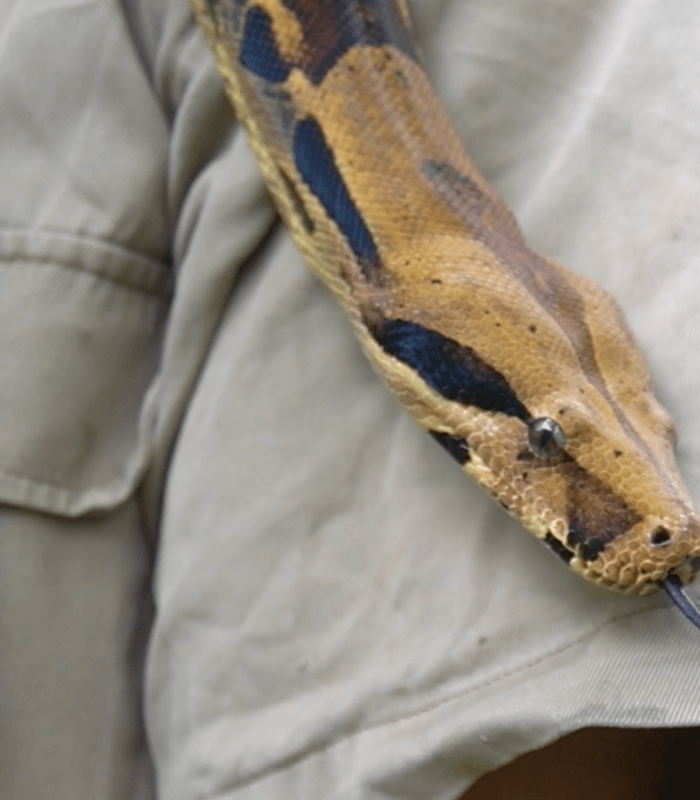Macropus robustus
Wallaroos are macropods (herbivorous marsupials) closely related to kangaroos and wallabies. The Common Wallaroo is stocky with coarse, shaggy fur, a hairless nose, a short, thick tail and a distinctive upright hopping style. Coat colour varies from reddish-brown to a very dark blue-grey, almost black, and they are generally lighter on the underparts. The male is up to twice the size of the female.
Distribution and habitat
The Common Wallaroo is widely distributed throughout most of Australia, except Tasmania.
Often referred to as a ‘hill kangaroo’, it typically inhabits mountainous areas, rocky hills and steep escarpments, although it may also be found in stony rises, grasslands and plains.
Diet
It’s herbivorous (feeds on plants) and its diet consists mostly of soft-textured grasses, shrub foliage and coarse tussock grasses. It can survive 2 or 3 months without drinking, obtaining the water it needs from the food it eats.
Life expectancy and breeding
Individuals may live for over 18 years in the wild. Males reach sexual maturity at around 18 to 20 months and females at 14 to 24 months. The male is polygynous (having more than one female partner) and able to breed throughout the year, although often ceasing reproduction during prolonged droughts. A single, tiny young ‘joey’ is born after a gestation period of 30 to 38 days, after which it climbs, unaided, through the female’s fur and into the pouch, where it attaches to a teat and begins to suckle. Most development takes place within the pouch, the young Common Wallaroo emerging after around 231 to 270 days. The young is suckled for at least 12 to 14 months.

